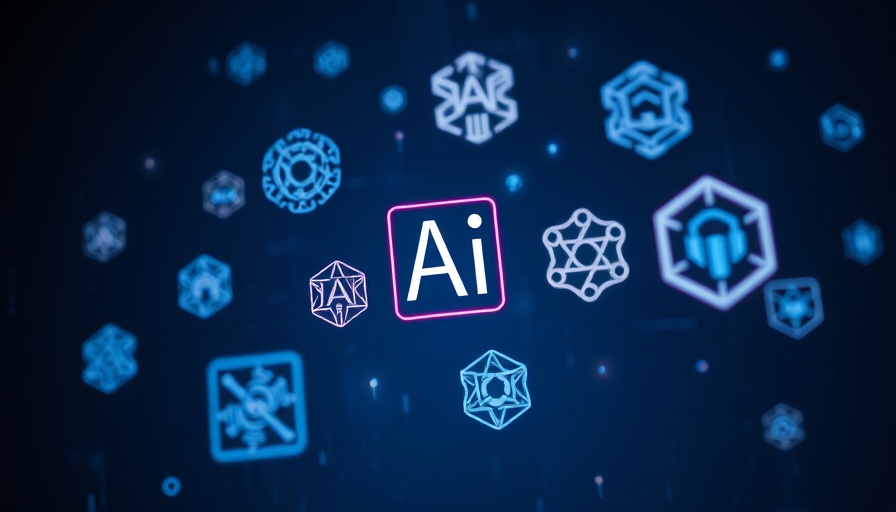
Understanding the Surge in AI Model Distillation
The pace of innovation in artificial intelligence is accelerating, with companies exploring methods to produce cheaper, efficient AI models. Central to this evolution is the technique known as model distillation. Essentially, model distillation transfers knowledge from a sophisticated model (often termed the 'teacher') to a smaller, operationally efficient model (the 'student'). As organizations strive for cost-efficient AI solutions, this approach is gaining momentum.
The Mechanics of Distillation: How It Works
Model distillation is a powerful method to create compact AI models without sacrificing much in terms of performance. It was popularized in Geoffrey Hinton's 2015 paper "Distilling the Knowledge in a Neural Network" that illustrated how a neural network could preserve the predictive capabilities of a much larger, cumbersome model.
This process can be broadly categorized into three types of knowledge distillation: response-based, feature-based, and relation-based. Each type represents varying complexities and outcomes, allowing developers to tailor how information flows from the teacher to the student. For example, response-based distillation focuses on mimicking the outputs of the teacher model, whereas feature-based distillation involves transferring the internal features learned by the teacher.
The Growing Demand for Smaller, Task-Specific Models
As AI models grow larger, they consume vast amounts of resources. For example, modern large language models (LLMs) can require over 350GB of GPU memory to operate efficiently. This has prompted businesses to look for alternatives to avoid excessive costs in both financial and environmental terms. Here, model distillation becomes crucial, as it enables teams to deploy models that are both powerful and resource-efficient, particularly useful for edge computing applications.
Take for instance Stanford’s Alpaca—a distilled model trained on a limited budget and time. It achieved results comparable to that of larger AI models such as GPT-3.5, demonstrating how smaller models can still deliver robust performance without the heavy computational demands.
Benefits and Future Insights into Model Distillation
The strategic implementation of model distillation offers numerous advantages. Distilled models streamline data requirements, allowing developers to train models with less dataset dependence. This is in line with the emerging philosophy of data-centric AI that champions the efficient use of available data resources. But perhaps one of the most pressing benefits is their deployment efficiency. Smaller models lead to quicker response times and are ideal in sectors like healthcare and finance, where instant decision-making is paramount.
Looking ahead, the trend of using model distillation will likely continue, especially as tech companies aim for resource minimization and sustainable AI practices. Compliance and privacy can be addressed more straightforwardly with distilled models that can run on local infrastructure, complying with regulations that limit the use of large-scale models.
Conclusion: The Future of AI Models
Model distillation stands as a promising technique in the AI landscape, paving the way for smarter, faster, and more efficient applications. As technology continues to advance and the demand for AI solutions rises, organizations must adapt and innovate through robust methodologies such as model distillation. Businesses looking to enhance their operational capabilities will benefit from leveraging this method as part of their AI strategy.
 Add Row
Add Row  Add
Add 




 Add Row
Add Row  Add
Add 

Write A Comment